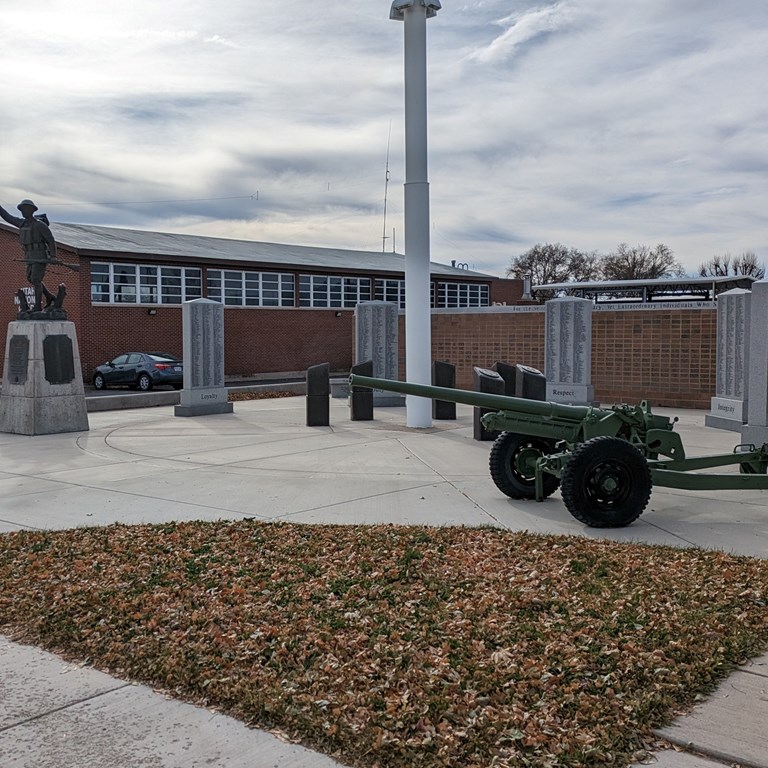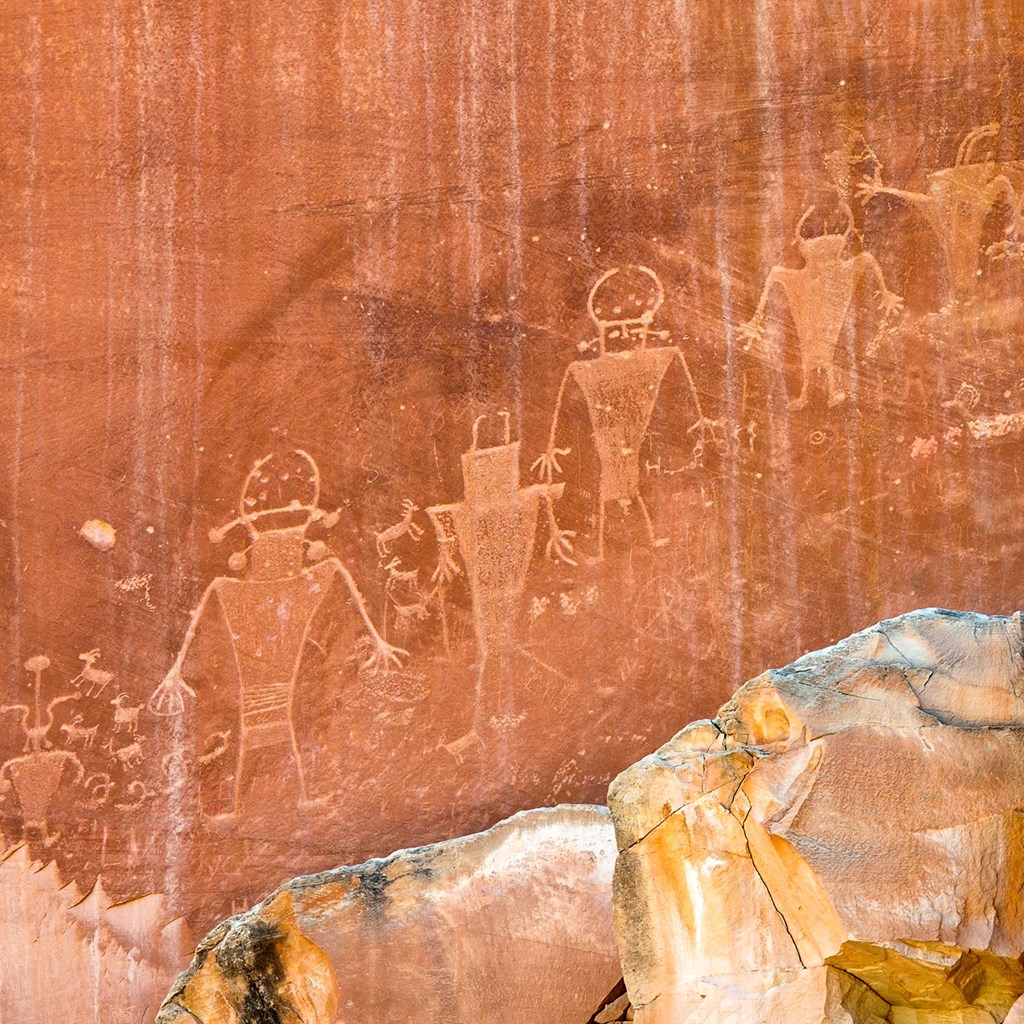Your cart is empty!
Make checkout easy by booking all your reservations at once. Add your sites from different campgrounds into your shopping cart* and then choose checkout.


Indigenous peoples lived in this area for thousands of years. A number of prehistoric sites have been found in Beaver County, along with a vast variety of petroglyphs and pictographs, dating to the Archaic and Sevier Fremont periods. A prehistoric obsidian quarry site has been identified in the nearby Mineral Mountains. The historic Southern Paiute inhabited the region well before encountering the first European explorers. The 1776 Dominguez Escalante Expedition is the first known European exploration in this area.
Beaver was settled in 1856 by Mormon pioneers and is filled with historic sites including over 100 places listed on the National Register of Historic Places. The brick Beaver County Courthouse, built in 1882, is one of the area's finest Victorian buildings and now houses a local history museum. Beaver was one of a string of Mormon settlements through Utah. By design, these settlements were located a day's ride on horseback, generally 30 miles apart.
During the 1870s, settlers tried to establish a woolen mill, a tannery, and a dairy industry. Most were engaged in stock raising. Beaver was the first town in Utah to be electrified. A hydroelectric generation plant was constructed on the Beaver River early in the 20th century. The plant continues to provide a large part of Beaver's power requirements today.
In 2006, Beaver won a contest for best tasting rural water in the United States. In 2010, Beaver took top honors in the world for best tasting water. Its welcome billboards along I-15 highlight the water quality.
And then there is rock art!
That doesn't mean this area has to always be empty. When you start reviewing camping options, your history will display here to help compare sites and find the best stay. You will be able to share your stay information with friends or family and save it for a later time if you have a KOA Account.
Make checkout easy by booking all your reservations at once. Add your sites from different campgrounds into your shopping cart* and then choose checkout.